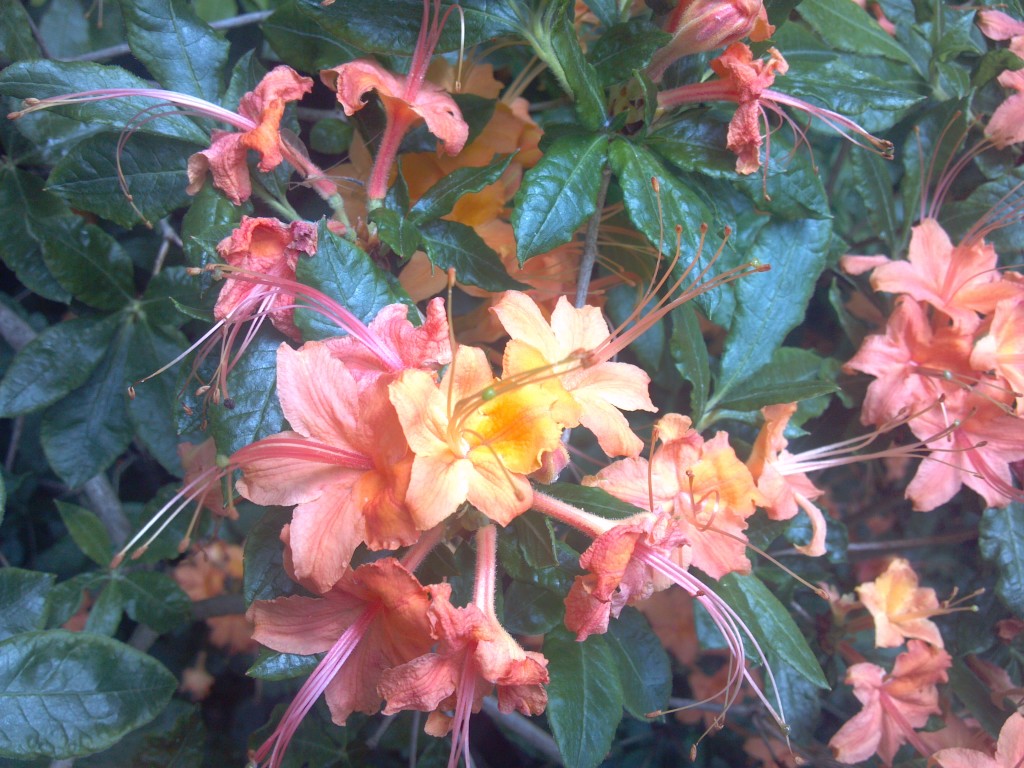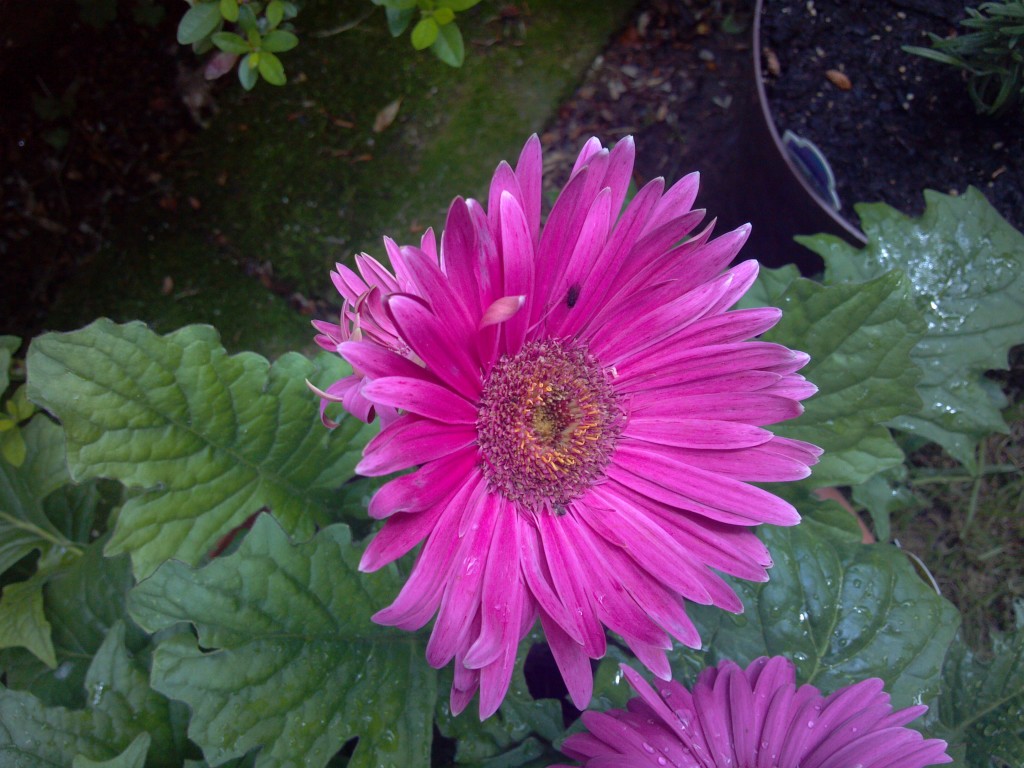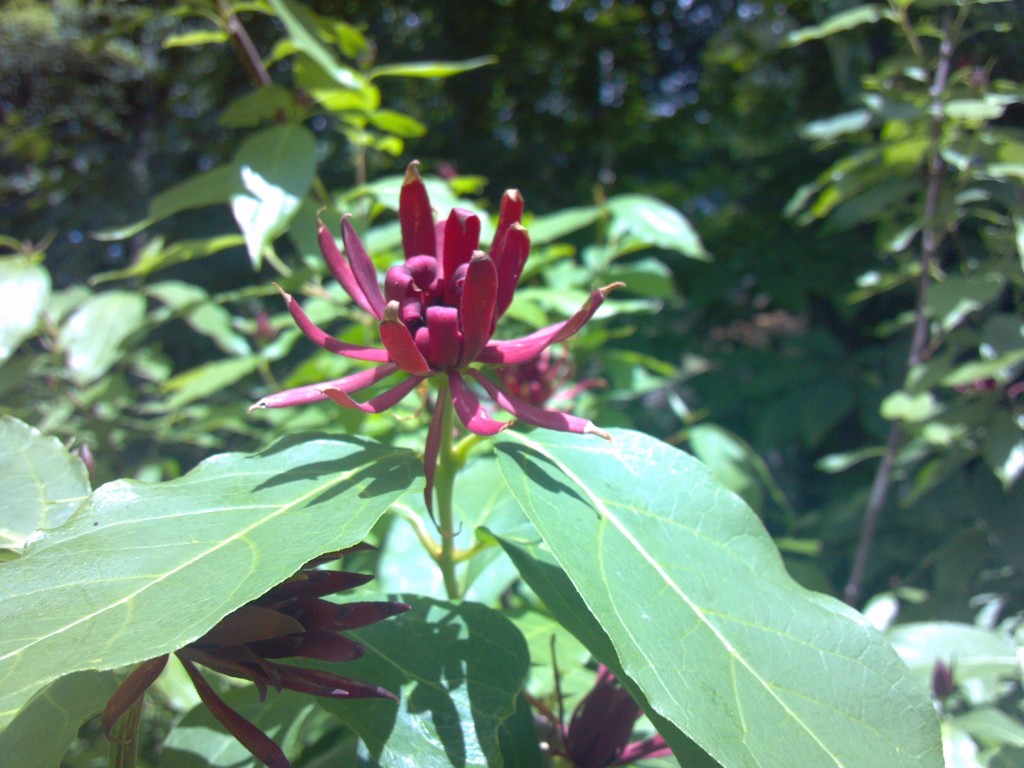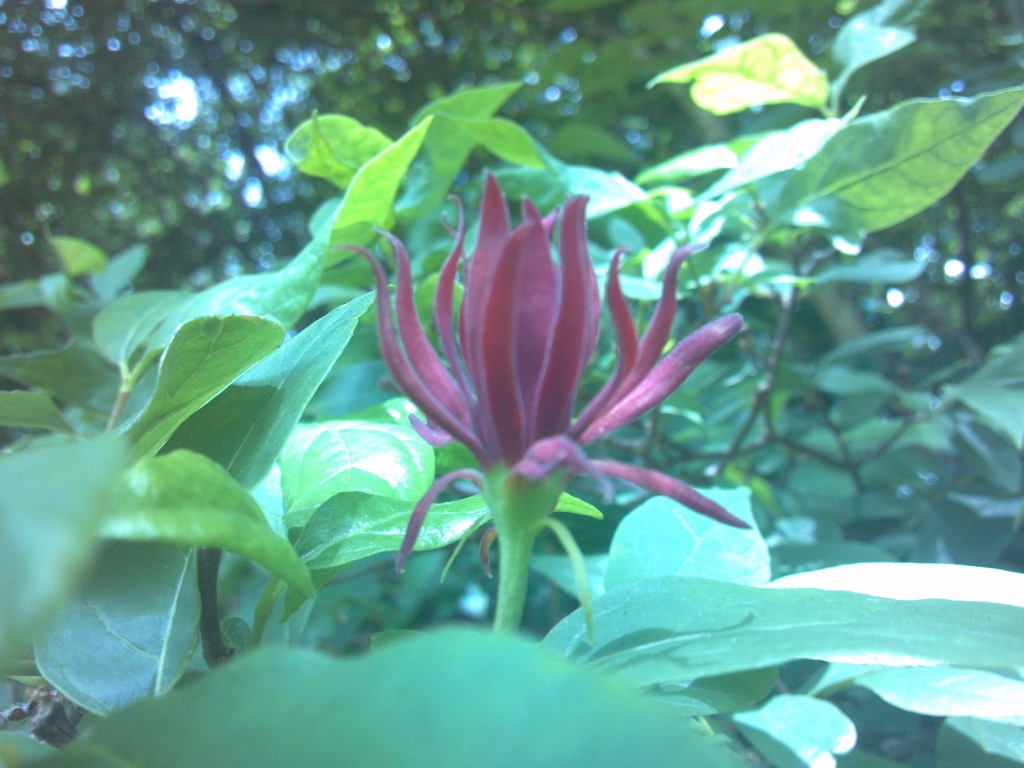That time of year has come: riotous abundance, whichever way you look.
The astonishing strategies evolved to propagate as each generation pays forward for the next.
There’s manipulation, of course — to enlarge flowers or fruits or flavors — bending the wild beginnings. And there’s cultivation — to optimize conditions for growth.
When you build a book, the wild world is everything you’ve ever seen, your inventory of images and persons and events. Of course you can make up stuff, if it’s true. The work of writing is to manipulate and cultivate the wild ingredients until you’ve folded them in and teased your new story into being. Your story is from the wild world, but not of it.
When you think you’re done, release your story back into the wild to test if it still is true. Probably it needs work. Probably a lot. Rinse, repeat, rejoice.



